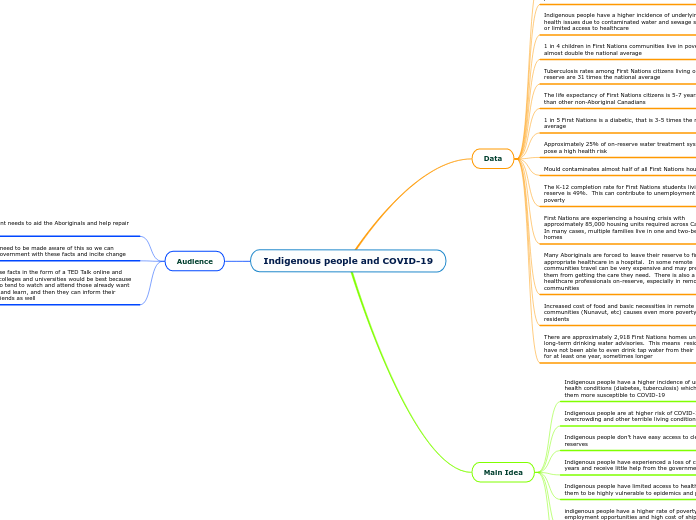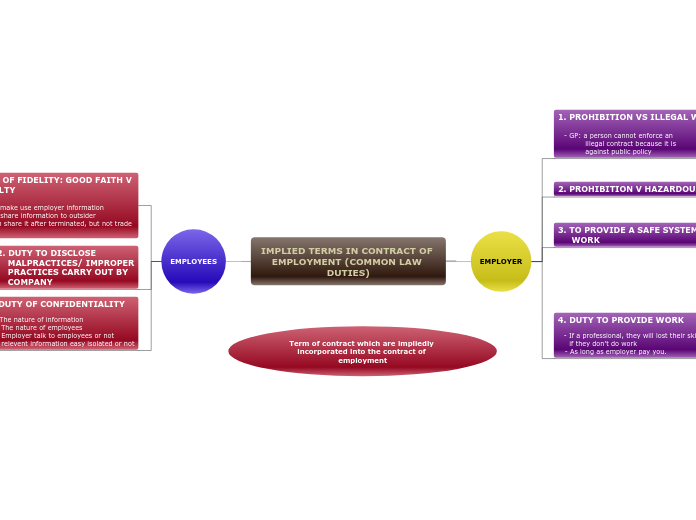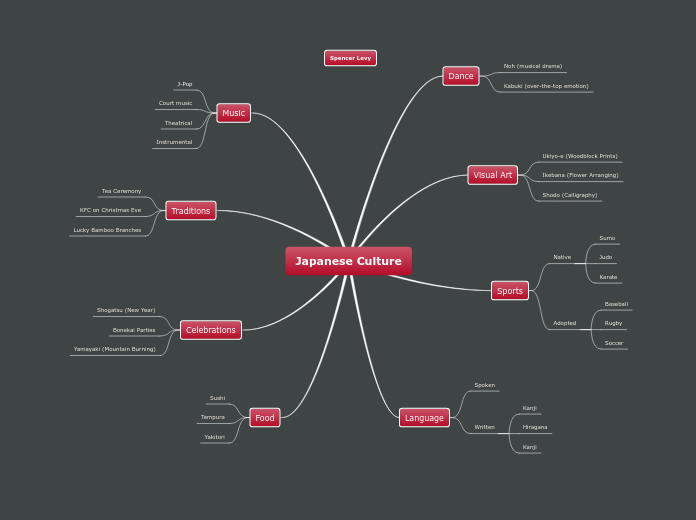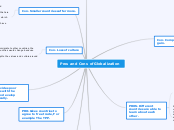av Evan Cassell 4 år siden
216
Indigenous people and COVID-19
Indigenous communities face significant challenges exacerbated by the COVID-19 pandemic. High poverty rates, due to limited employment opportunities and the high cost of living in isolated areas, contribute to their vulnerability.









